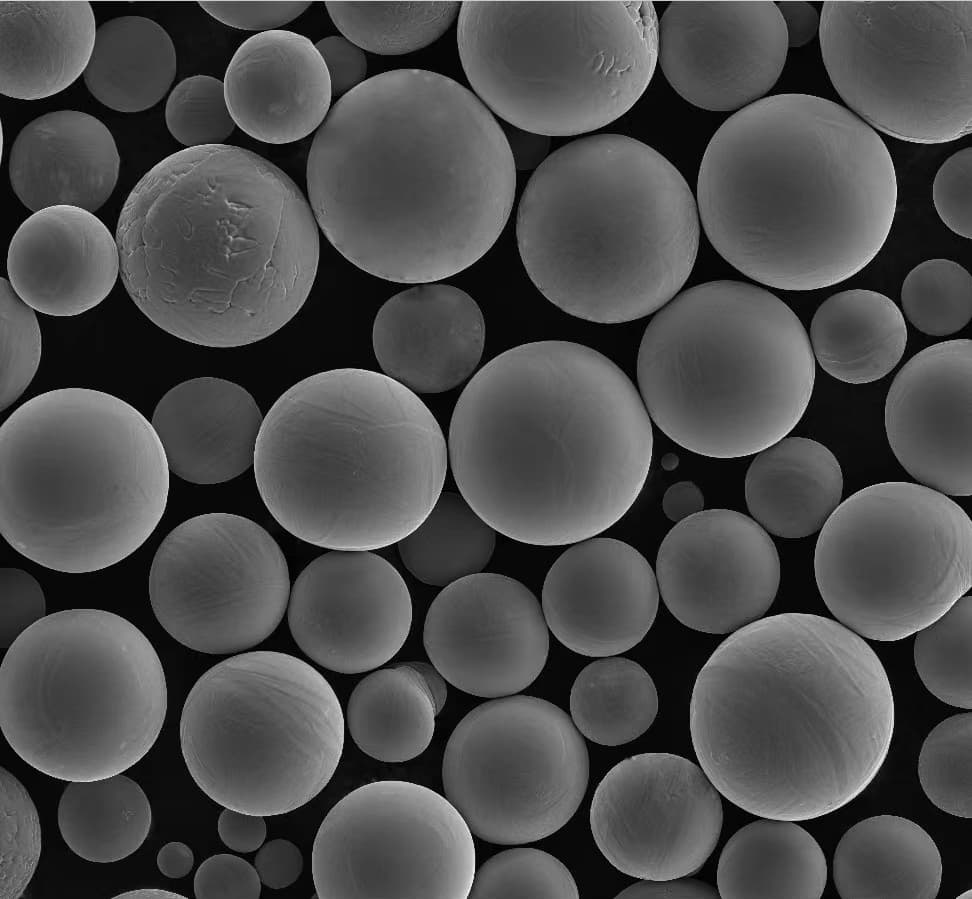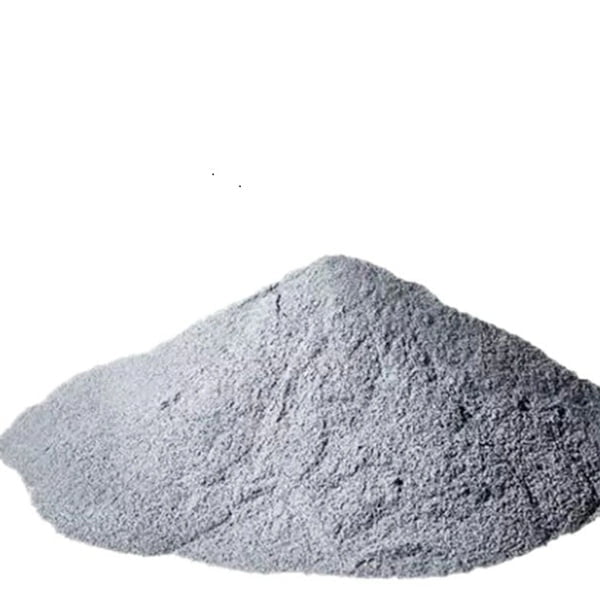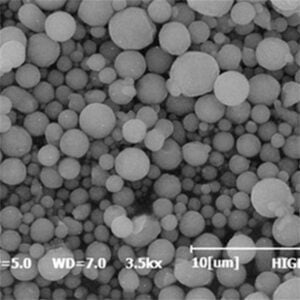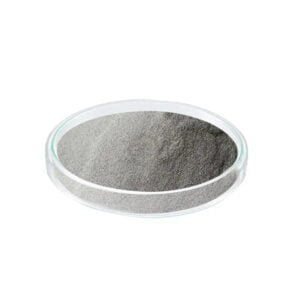Dy2O3 for metal dysprosium
Table of Contents
Dy2O3 for metal dysprosium is a rare earth element prized for its unique magnetic properties. But did you know a seemingly ordinary compound, dysprosium(III) oxide (Dy2O3), plays a critical role in unlocking Dy’s full potential?
This article delves deep into the world of Dy2O3 for metal dysprosium, exploring its impact on the production and properties of dysprosium metal. We’ll unveil the science behind the scenes, unveil a treasure trove of metal powder options, and answer your burning questions about Dy2O3’s role in the dysprosium game.

the Magic of Dy2O3 for metal dysprosium
Imagine Dy2O3 as a bridge between dysprosium ore and the high-performance metal we crave. It’s the intermediary that helps refine the raw material into a form suitable for various applications. Here’s a breakdown of the key steps:
- Extraction: Dysprosium ore, often mixed with other rare earth elements, undergoes a series of processes to isolate Dy2O3. This typically involves crushing, grinding, and chemical treatments.
- Reduction: Dy2O3 is then reduced using methods like metallothermic reduction, where a more reactive metal like calcium or magnesium liberates Dy from its oxide state.
- Refining: The resulting dysprosium metal might still contain impurities. Additional techniques like electrolysis or distillation are employed to achieve the desired purity levels.
Dy2O3 plays a crucial role not just in the initial extraction but also in subsequent refining stages. It can be used to remove unwanted elements like gadolinium (Gd) that can dilute Dy’s magnetic properties.
A World of Dysprosium Metal Powders
The beauty of Dy2O3 lies in its versatility. It allows for the production of various dysprosium metal powder forms, each with distinct characteristics catering to specific needs. Buckle up, as we explore a diverse selection of these metal warriors:
- High-Purity Dysprosium Powder: This champion boasts a minimum purity of 99.5% Dy. Imagine it as the Usain Bolt of the bunch – ideal for applications demanding exceptional magnetic performance, like permanent magnets in high-fidelity speakers or MRI machines.
- Dysprosium-Terbium (Dy-Tb) Alloy Powder: This dynamic duo combines Dy’s magnetic prowess with terbium’s (Tb) contribution to magnetostriction – the ability of a material to change shape in response to a magnetic field. This makes Dy-Tb a star player in actuators and sensors.
- Dysprosium-Dysprosium Oxide (Dy-Dy2O3) Composite Powder: Talk about a family affair! This powder blends Dy metal particles with a controlled amount of Dy2O3. This unique mix offers a balance between cost-effectiveness and magnetic performance, making it a strong contender for applications where both factors matter.
- Nanocrystalline Dysprosium Powder: Imagine shrinking Dy particles down to the nanoscale – that’s the magic of nanocrystalline powder. This fine-grained structure translates to enhanced magnetic properties and paves the way for innovative applications in areas like magnetic refrigeration. 5. Dysprosium-Iron (Dy-Fe) Alloy Powder: This powerful combination merges Dy’s magnetism with iron’s (Fe) abundance. The result? A cost-effective alternative to high-purity Dy for applications where ultimate magnetic performance isn’t the sole priority, like some electric motors.
- Spherical Dysprosium Powder: Think of tiny, perfect spheres of Dy. This meticulously crafted powder boasts superior flowability, making it a dream to work with in additive manufacturing processes like 3D printing.
- Dysprosium-Nickel (Dy-Ni) Alloy Powder: This strategic partnership brings together Dy’s magnetism with nickel’s (Ni) corrosion resistance. This blend finds favor in applications where the metal needs to withstand harsh environments, like some high-temperature magnets.
- Dysprosium Carbide (DyC) Powder: This champion takes things a step further by combining Dy with carbon (C) to form a ceramic-like material. DyC boasts exceptional high-temperature strength and stability, making it a valuable player in extreme temperature applications.
- Dysprosium Nitride (DyN) Powder: Another ceramic contender, DyN powder offers a combination of magnetism and high electrical conductivity. This makes it a potential candidate for next-generation spintronic devices.
- Custom Dysprosium Powders: Don’t see your perfect match on this list? The beauty of Dy2O3 lies in its adaptability. Custom powders can be formulated with specific ratios of Dy, other rare earths, or additional.
Suppliers and Pricing of Dy2O3 for Dysprosium Metal Production
Finding reliable suppliers of Dy2O3 is crucial for manufacturers working with dysprosium metal. Here’s a breakdown to help you navigate the landscape:
Major Suppliers:
The rare earth element (REE) market is concentrated, with a handful of major players dominating the supply chain. Here are some of the key suppliers of Dy2O3:
- China: China remains the dominant force in REE production, including Dy2O3. Several Chinese companies mine, process, and supply Dy2O3 to the global market.
- USA: The US is actively working to reduce its reliance on China for REEs. Several US-based companies are involved in Dy2O3 exploration, mining, and processing, aiming to create a more secure domestic supply chain.
- Australia: Australia boasts significant REE resources, including Dy. Australian mining companies are increasingly supplying Dy2O3 to the international market.
- Other Sources: Other countries like India, Brazil, and Malaysia are also exploring and developing their REE resources, which could potentially include Dy2O3 in the future.
Pricing Considerations:
The price of Dy2O3 can fluctuate depending on several factors:
- Supply and Demand: As with any commodity, the price of Dy2O3 is influenced by the balance between supply and demand. Geopolitical factors and trade policies can also impact pricing.
- Purity: Higher purity Dy2O3 typically commands a premium price.
- Processing Costs: The cost of extracting and refining Dy2O3 can vary depending on location and the specific methods employed.
Finding the Right Supplier:
Here are some tips for choosing a Dy2O3 supplier:
- Reputation: Look for a supplier with a proven track record of quality and reliability.
- Pricing Transparency: Get clear quotes that factor in all costs, including Dy2O3 purity level and delivery terms.
- Sustainability Practices: Choose a supplier committed to responsible mining and processing practices that minimize environmental impact.
While specific pricing cannot be disclosed due to constant market fluctuations, this section provides a general overview of the supplier landscape and factors influencing Dy2O3 pricing.
the Advantages and Disadvantages of Dy2O3 for metal dysprosium
Advantages of Dy2O3 for Dysprosium Metal
Dy2O3 is a workhorse in the dysprosium metal production game, offering a multitude of benefits:
- Versatility: As we’ve seen, Dy2O3 serves as a springboard for a diverse range of dysprosium metal powder forms. This allows manufacturers to tailor the metal’s properties to specific application needs.
- High-Purity Potential: Dy2O3 facilitates the production of exceptionally pure dysprosium metal, crucial for applications demanding top-notch magnetic performance.
- Cost-Effectiveness: While high-purity Dy reigns supreme, Dy2O3 enables the creation of cost-effective alternatives by blending Dy metal with controlled amounts of Dy2O3 itself or other elements.
- Refining Power: Dy2O3 is a valuable tool for removing impurities like gadolinium that can hinder Dy’s magnetic properties, ensuring the final metal meets performance requirements.
Disadvantages of Dy2O3 for Dysprosium Metal
While Dy2O3 is a champion, it’s not without its challenges:
- Processing Complexity: The extraction and refining processes involving Dy2O3 can be complex and energy-intensive. This can translate to higher production costs compared to simpler techniques for less critical metals.
- Environmental Impact: The processes used to obtain Dy2O3 can generate hazardous materials or wastewater if not managed responsibly. Strict environmental regulations and responsible practices are essential.
Selecting the Optimal Dy2O3 Approach
The choice of how to leverage Dy2O3 depends on the desired outcome. Here’s a breakdown to guide your decision:
- For Applications Demanding Peak Performance: High-purity Dy production methods that heavily utilize Dy2O3 are the way to go, even if it means slightly higher costs.
- For Cost-Conscious Applications: Explore Dy-Dy2O3 composite powders or Dy alloys like Dy-Fe. These options deliver a good balance between affordability and acceptable magnetic performance.
- For Specialized Applications: Nanocrystalline Dy powders or Dy compounds like DyC or DyN might be the answer, offering unique properties for specific needs.
The Future of Dy2O3 and Dysprosium Metal
The story of Dy2O3 and dysprosium metal is far from over. Research is ongoing to:
- Develop more efficient and environmentally friendly extraction and refining processes to make Dy production more sustainable.
- Explore alternative sources of Dy to reduce reliance on traditional mining methods.
- Engineer novel Dy alloys and compounds with even more extraordinary properties for cutting-edge applications.
As technology continues to evolve, Dy2O3 is poised to remain a critical player in unlocking the full potential of dysprosium metal, shaping the future of various industries that rely on its unique properties.

Specifications, Sizes, Grades, and Standards for Dy2O3 used in Dysprosium Metal Production
Dy2O3 Specifications:
Dy2O3 is typically available in a variety of specifications to meet the needs of different applications. Here are some key parameters to consider:
- Purity: Dy2O3 purity levels can range from around 90% to 99.9% or higher. The desired purity for dysprosium metal production depends on the specific application requirements.
- Particle Size: Dy2O3 powder can be obtained in various particle sizes, impacting its reactivity and suitability for different downstream processes.
- Moisture Content: The amount of moisture present in Dy2O3 can affect its handling and storage properties. Low moisture content is generally preferred.
Sizes and Grades:
Dy2O3 is typically commercially available in the following forms:
- Powder: The most common form of Dy2O3 is a fine powder with varying particle sizes.
- Lumps or Granules: For some applications, Dy2O3 might be available in larger lumps or granules.
Standards:
Several industry standards govern the quality and specifications of Dy2O3. Some relevant standards include:
- American Society for Testing and Materials (ASTM): ASTM standards like ASTM C754 outline specifications for rare earth oxides, including Dy2O3.
- Rare Earth Industry Association (REIA): The REIA publishes guidelines and recommendations for the production and handling of rare earth materials.
By understanding these specifications, sizes, grades, and standards, you can select the most appropriate Dy2O3 for your dysprosium metal production needs.
FAQ
Q: What are some of the applications of dysprosium metal?
A: Dysprosium metal finds use in a wide range of applications due to its exceptional magnetic properties. Here are some key examples:
- Permanent magnets: Dysprosium is a vital component in high-performance permanent magnets used in everything from loudspeakers and headphones to electric motors in electric vehicles and wind turbines.
- Magnetic Resonance Imaging (MRI): Dy-based magnets play a crucial role in MRI machines, enabling the creation of detailed images of the human body.
- Lasers: Dysprosium can be found in certain types of lasers, contributing to their specific light emission properties.
Q: How does the purity of dysprosium metal affect its properties?
A: Purity is paramount for Dy’s magnetic performance. Higher purity Dy exhibits stronger magnetic properties, making it ideal for applications demanding maximum magnetic force. However, for some applications, a balance between cost and acceptable magnetic performance can be achieved with slightly less pure Dy or Dy alloys.
Q: Can Dy2O3 be recycled?
A: Yes, Dy2O3 and dysprosium metal can be recycled. Recycling processes are being developed to recover Dy from scrap materials and electronic waste. This not only conserves resources but also reduces the environmental impact of Dy production.
Q: Are there any alternatives to dysprosium metal?
A: Finding a perfect substitute for Dy is challenging due to its unique magnetic properties. However, research is ongoing to explore alternative rare earth elements or even develop completely new materials that could potentially replace Dy in some applications.
Share On
MET3DP Technology Co., LTD is a leading provider of additive manufacturing solutions headquartered in Qingdao, China. Our company specializes in 3D printing equipment and high-performance metal powders for industrial applications.
Inquiry to get best price and customized Solution for your business!
Related Articles
About Met3DP
Recent Update
Our Product
CONTACT US
Any questions? Send us message now! We’ll serve your request with a whole team after receiving your message.

Metal Powders for 3D Printing and Additive Manufacturing
COMPANY
PRODUCT
cONTACT INFO
- Qingdao City, Shandong, China
- [email protected]
- [email protected]
- +86 19116340731

















